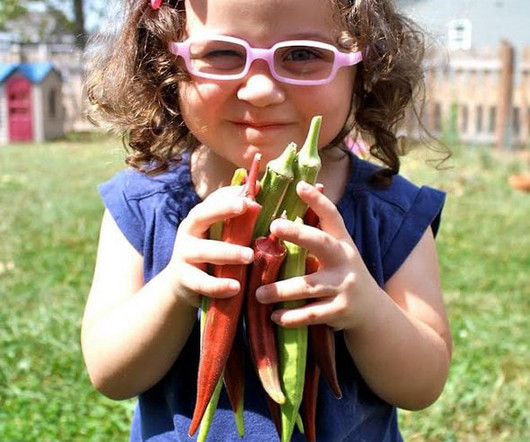How to Save Cash and Your Health With a Garden
Prairie Eco-Thrifter
JULY 24, 2012
More and more people like myself are returning to the joy of growing vegetables, herbs and even eggs right in their own backyards. And don’t get me started on the sugar, salt and fat content of processed food! Admittedly, he has a huge garden of 1600 square feet but he was able to grow a huge $2,000 of vegetables in just one season!












Let's personalize your content